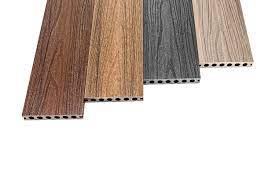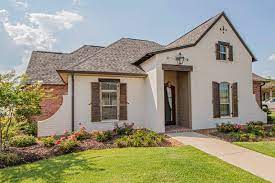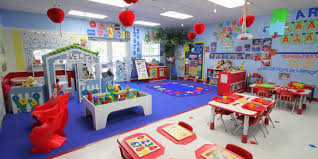Deck boards (Deski tarasowe) are a crucial element in any decking project, playing a key role in terms of aesthetics as well as functionality. When you’re building a brand fresh deck, or replacing your old deck boards, knowing the many choices available will allow you to make informed decisions that align with your requirements and preferences.
Types of Deck Boards
The Wood Decking Boards are Traditional and timeless Wood Deck boards (Deski tarasowe) come in several types. Pressure-treated lumber, including the pine variety, has become a popular choice due to its affordability and durability. Redwood and even redwood are favored for their inherent resistance to rot and insects and also for their gorgeous appearance. However, wood decks require regular maintenance, such as staining and sealing, to protect against weathering.
The composite deck boards: Made by blending plastic and wood fibers, composite deck boards give you the look of wood with enhanced durability. They are impervious to fade scratching, staining and fading, and they do not require the same level of maintenance like wood. Composite boards come in a wide range of styles and colors, which makes them an ideal choice for a variety of styles and designs.
PVC Deck Boards: Polyvinyl chloride (PVC) deck boards can be described as completely synthetic, offering an excellent resistance to moisture insects as well as UV Rays. They are extremely light and easy to set up, and require little maintenance. PVC boards are available in a variety of colors and textures and mimic the appearance of wood in natural form.
aluminum deck boards: While less well-known the Aluminum deck boards are highly robust and resistant to severe weather conditions. They are fireproof and don’t require staining or painting. However, their costs may be higher than other types of materials.
Choosing the Right Deck Boards
When you are choosing deck boards, be aware of these factors:
Durability: Consider the durability of the material. up to the elements, foot traffic and wear over time.
Maintenance: Determine the amount of time and effort you’re willing to put into maintaining. Wood boards require more maintenance compared to composite or PVC alternatives.
Cost Budget: This is a vital consideration. Although wood might be less expensive initially, the long-term costs of maintenance could be costly. Composite and PVC boards come with a higher initial cost, but are more cost-effective in the long run.
Aesthetic: Select a style and color that matches your home’s decor and outdoor space. Composite and PVC provide greater color and design alternatives than wood.
Installation Tips
The correct installation is crucial for ensuring the long-term durability for your deck. Follow the guidelines of the manufacturer for spacing and fastening, and consider using a professional installer if you’re uncertain about the process.
In the end deck boards come in a variety of materials, each with its own advantages and benefits. If you are aware of your options and carefully evaluating your requirements, you will be able to choose the right deck boards to create a stunning and sturdy outdoor space.



